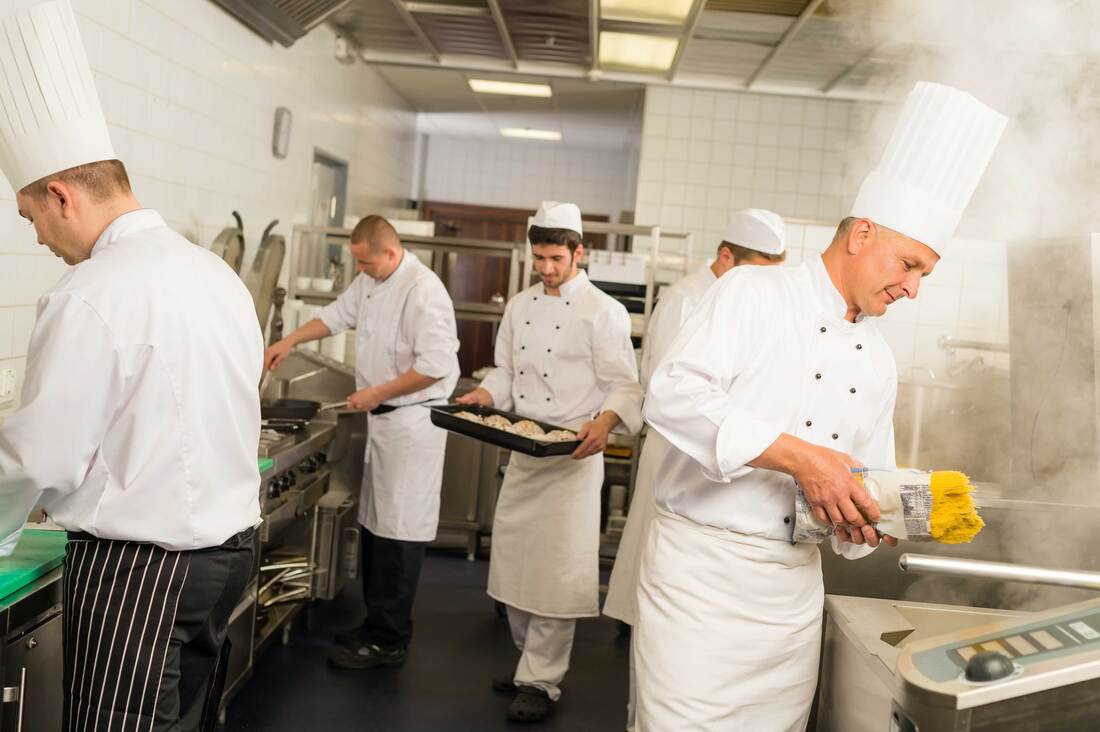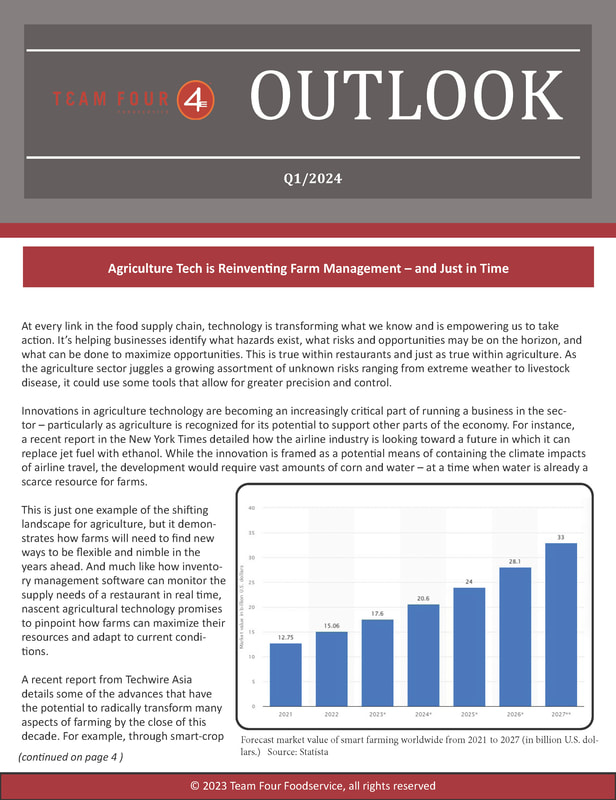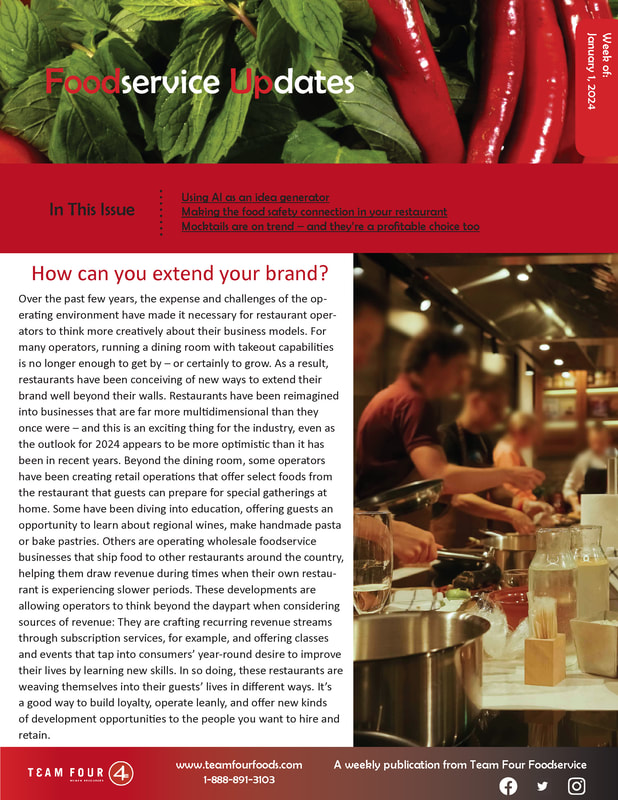|
What are your biggest operating expenses? If you’re like many restaurant operators, food and labor come out on top, followed by a frustrating one: credit card swipe fees. Sean Kennedy of the National Restaurant Association weighed in on the issue recently, saying, “These swipe fees have more than doubled over the past decade, costing U.S. businesses more than $160 billion in 2022. A lack of competition between the major credit card processing networks is why swipe fees continue to skyrocket.” Last year, a bipartisan bill was introduced in the House and Senate that would require at least two competing card-processing networks to be enabled on every credit card. But what are restaurants to do in the meantime, now that credit card transactions have become consumers’ go-to payment method? Start by studying the range of fees and structuring options so you know where there might be room to negotiate. Processing fees generally range from 1.5-3.5 percent but can climb as high as 6 percent per sale. Fees can be flat, based on a subscription rate, or involve a two-tiered fee charged by the card processor and network (and there may also be hidden fees you didn’t expect that appear on your invoice). There are pros and cons to different fee structures and some may be more suited to your restaurant’s size or stage of development than others. Being able to demonstrate your sales growth and transaction volume over time, as well as your compliance with PCI standards and efforts to prevent fraud, may give you room to negotiate a lower fee. It may also help to review your current payment system to see how often transaction mistakes are made that can result in additional fees – is there room to simplify your system to avoid those kinds of issues? Finally, you might incentivize cash payments, discourage card payments under a certain amount, or use digital menus that automatically upsell to guests so that the card transactions you process are more worthwhile.
0 Comments
After the rollercoaster ride that the foodservice industry has been on in recent years, the start of 2024 has offered some reasons for a collective sigh of relief: The National Restaurant Association’s most recent economic reports highlight that sales have been trending higher for the tenth consecutive month, while 300,000 jobs have been added. Still, the success of a restaurant is often more closely connected to the performance of its local economy and the quality of its competition – and as the pandemic demonstrated, unexpected events can throw a curveball at even the most successful restaurants. So now is a good time to fine-tune your risk management plan. In a recent Modern Restaurant Management report, an auditor advises restaurants to focus in a few areas: Partner with a diverse set of suppliers (including some back-up suppliers) whose compliance and supply chain management practices you trust. Implement a quality control process that includes regular facility inspections, product testing, and reviews of temperature-control and cross-contamination risks. Finally, let data drive your product development, branding and marketing strategies. To protect your business, you need to understand your place in the market. Collect and analyze data about your local competitors and guests so you can develop more targeted, well-priced offers that will help you drive traffic and compete. Shoring up your business against the risks you can anticipate will place it in a stronger position to weather those it can’t.
|
More Financial MattersWhat’s the best financing option for my restaurant?Build revenue through the kitchenLegal claims: Are you leaving money on the table?Archives
March 2024
Categories
All
|
Foodservice CEO is provided for informational purposes only. It is intended to offer foodservice operators’ guidance regarding best practices in running their operations. Adherence to any recommendations included in this Guidance will not ensure a successful operation in every situation. Furthermore, the recommendations contained in this website should not be interpreted as setting a standard of operation or be deemed inclusive of all methods of operating nor exclusive of other methods of operating.
Copyright 2023 Team Four Foodservice, All Rights Reserved.






 RSS Feed
RSS Feed